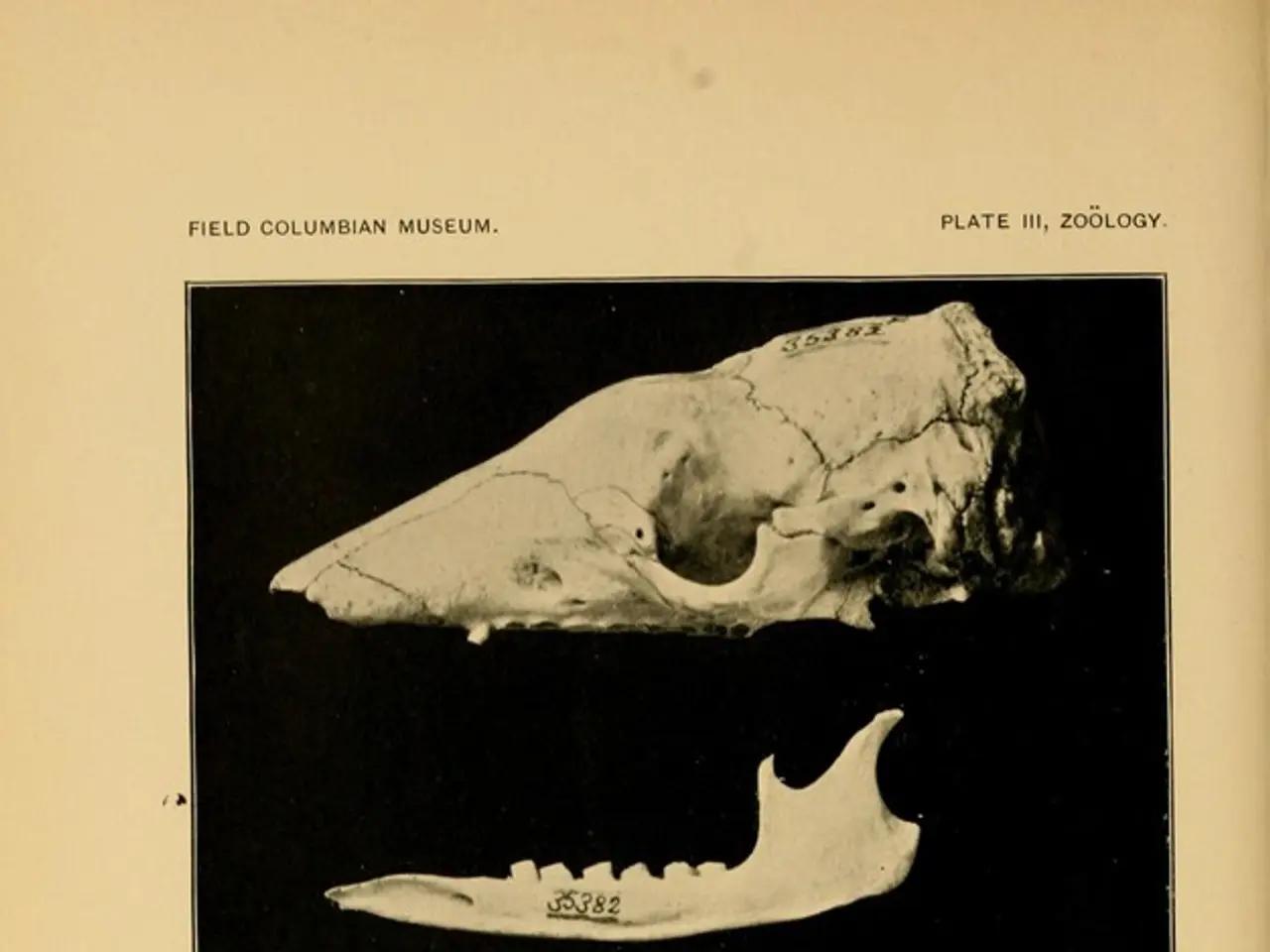Prevalence and protection strategies for osteoporosis: Insights into its occurrence and methods to curb it
Osteoporosis: A Growing Concern Affecting Millions Worldwide
Osteoporosis, a bone-thinning disease that increases the risk of fractures, is a prevalent condition among older adults, particularly affecting females. According to recent data, over 200 million females globally are affected by this condition, with the numbers significantly higher in high-income regions such as Europe, North America, and Australia.
In the United Kingdom, 3 million people have osteoporosis, while in Australia, the figure stands at 1.2 million. In Canada, osteoporosis accounts for 80% of all fractures in individuals over 50, highlighting its impact on public health.
The prevalence of osteoporosis increases markedly with age, with approximately 10% of people aged 60 having the condition. This figure rises to 20% by age 70 and reaches around 40% by age 80. By age 90, roughly two-thirds of individuals may have osteoporosis.
Females, particularly postmenopausal women, have substantially higher osteoporosis rates. For example, over one-third of postmenopausal women in North America are affected. Males, while having generally lower rates, show increasing incidence with age, and males have higher vertebral fracture rates until about age 70, after which females exceed them.
Geographically, higher prevalence and fracture rates are observed in high-income regions. However, recent increases have been noted in Middle Eastern, African countries, and parts of Asia. Hip fractures saw a 126% global increase between 1990 and 2021, with substantial rises noted in Canada, China, and Oceania.
Primary osteoporosis typically develops in older adults, becoming more prevalent with age, particularly in people aged 60 or 70 years and above. Secondary osteoporosis, which occurs as a result of another condition or medication, can affect individuals of all ages.
Preventing osteoporosis is possible through simple lifestyle changes such as regular exercise, a balanced diet, quitting smoking, limiting alcohol consumption, and speaking with a doctor about medications or supplements that may help. Early diagnosis and treatment can help prevent fractures in the future.
It's important to note that certain diseases can lead to osteoporosis, including anorexia nervosa, hyperthyroidism, malabsorption, chronic renal failure, Cushing's syndrome, spinal cord injuries, and alcohol misuse.
In the United States, approximately 10.9 million individuals over 50 years have osteoporosis, with a further 34 million at risk of the condition. In 2017-2018, 19.6% of females had osteoporosis in the United States, increasing to 27.1% for females aged 65 and above. In males aged 50-64 years, 3.3% had osteoporosis, increasing slightly to 5.7% at age 65 and above.
In conclusion, osteoporosis is a growing concern worldwide, particularly in high-income regions and among older adults, especially females. By understanding the risks and taking preventive measures, individuals can help mitigate the impact of this condition on their health and quality of life.
- Science has identified aging and longevity as key factors contributing to the rising prevalence of osteoporosis.
- Osteoporosis increases the risk of fractures in bones, a concern that impacts millions worldwide, particularly females.
- In the health and wellness sector, The workplace-wellness initiatives can educate employees about the signs, risk factors, and preventive measures of osteoporosis.
- Chronic diseases such as cancer, respiratory conditions, and digestive health issues can also lead to osteoporosis.
- The presence of chronic diseases often exacerbates osteoporosis, necessitating additional attention to both medical conditions.
- Mental health becomes particularly relevant in managing osteoporosis due to its impact on nutritional habits and fitness and exercise routines.
- Skin care isn't routinely associated with osteoporosis, but various skin conditions can indicate ongoing health issues that may contribute to osteoporosis.
- Therapies and treatments for osteoporosis, such as hormone therapy, bone-building drugs, or surgery, can play a crucial role in managing the condition.
- Osteoporosis prevention strategies may involve autoimmune disorders treatment, as certain conditions can weaken bones.
- Despite being more prevalent in older adults, women's health initiatives should target younger generations to prevent osteoporosis in the future.
- Cardiovascular health and eye health are essential aspects of overall wellbeing, but they can also provide early indicators for osteoporosis or related medical conditions.
- Hearing loss, although not typically associated with osteoporosis, can be a sign of chronic health issues that may increase osteoporosis risk.
- Adopting a healthy diet, engaging in regular fitness and exercise, and maintaining good mental health are all important components of a comprehensive approach to mens' health, skin care, and osteoporosis prevention.




